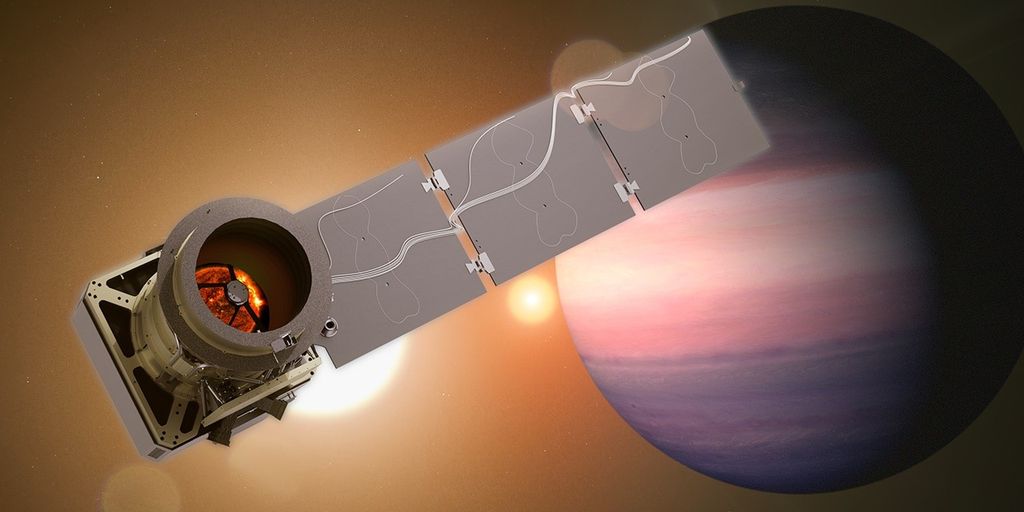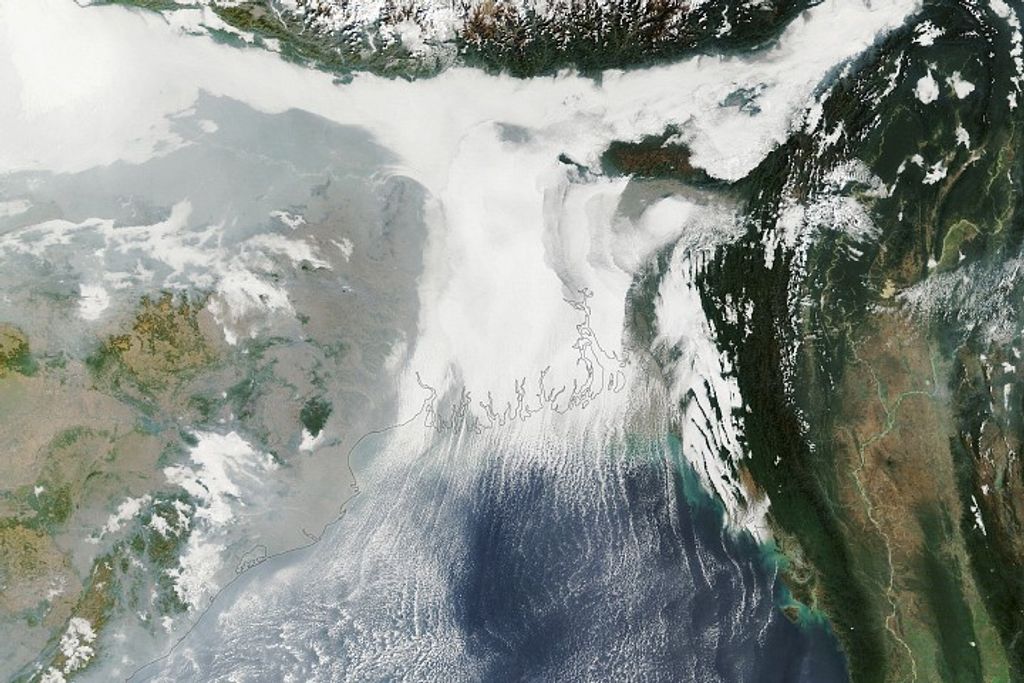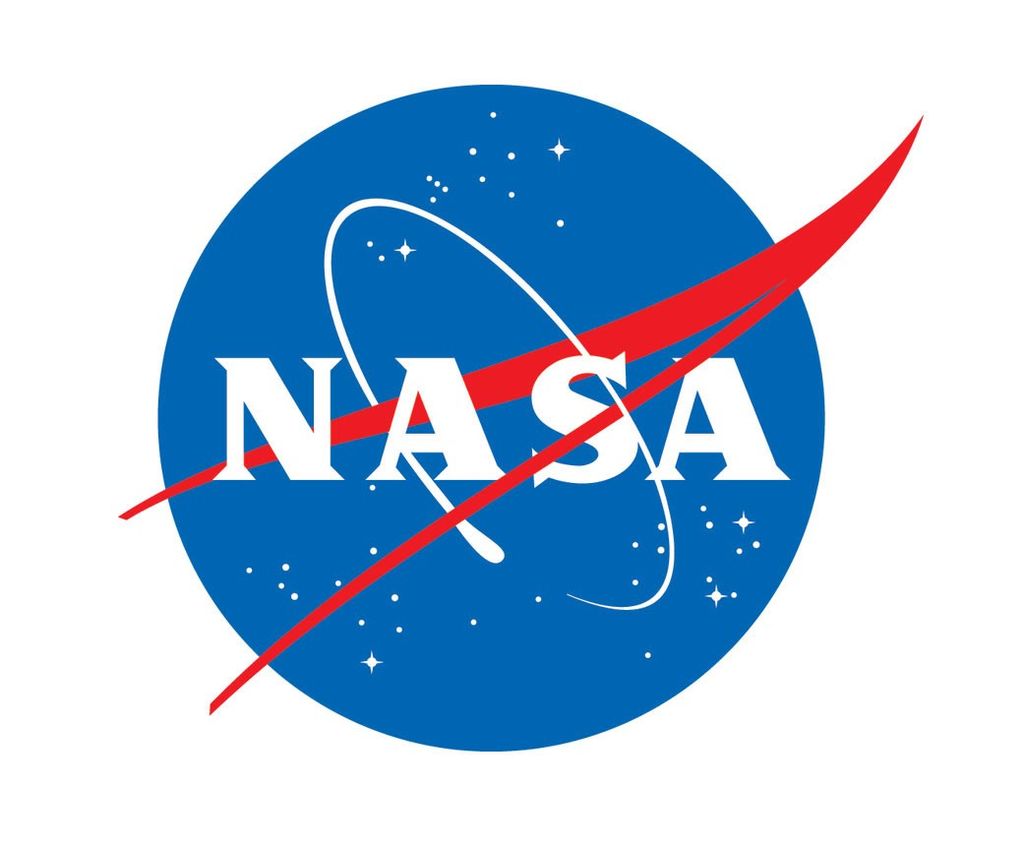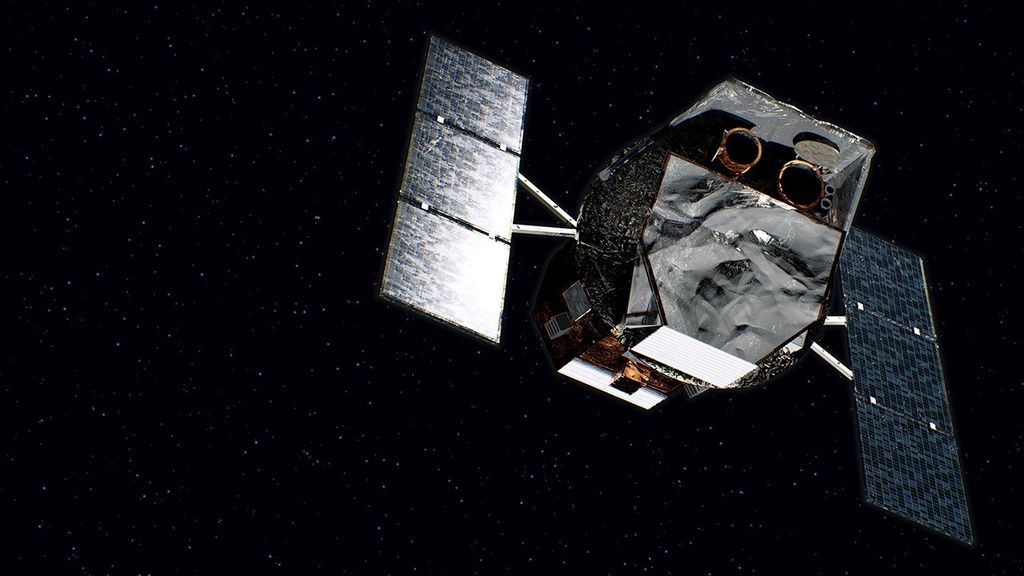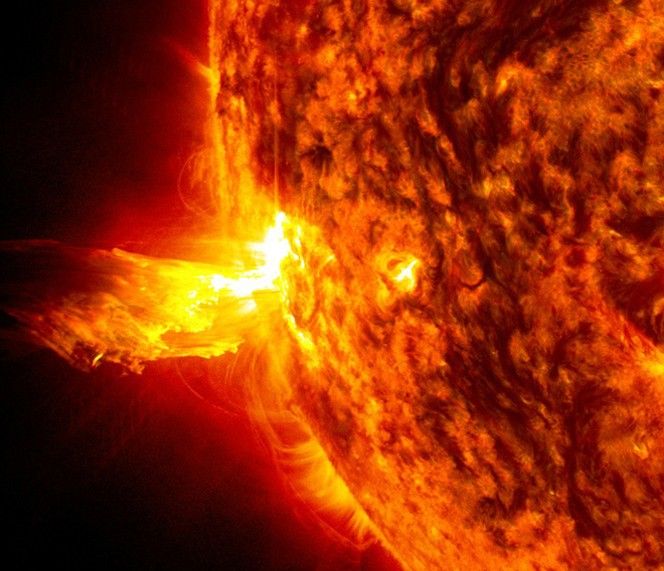2025
-
3D Enlil Visualization Transition to Forecasting Center’s Proving Grounds
Proposal ID: 24-SMDSS24-0082
PI: Greg Lucas
This follow-on project aims to transition the Enlil 3D visualization for the purpose of working with National Oceanic and Atmospheric Administration (NOAA)'s Space Weather Prediction Center (SWPC), Community Coordinated Modeling Center (CCMC), and Moon to Mars (M2M) to carry out initial operational capability validation and transition. The previous project developed a capability that space weather forecasters have requested for use in operations.
2024
-
Enhanced Data Products for the GOES-R Energetic Heavy Ion Sensor (SEISS/EHIS)
Proposal ID: 23-SWR2OR23_2-0010
PI: James Connell
This project aims to improve the understanding of, and preparedness for, the disproportionate space weather impacts of energetic heavy ions from Solar particle events (SPEs) and galactic cosmic rays (GCRs). Examples of these impacts include Single Event Effects (SEEs) in space-based electronics and elevated radiation dosages for humans in space. -
Machine Learning-Enabled Data Assimilation for Understanding and Forecasting the Variation of Thermospheric Neutral Density
Proposal ID: 23-SWR2OR23_2-0012
PI: Xiaoli Bai
This research project aims to accomplish the development of accurate and reliable forecasting models for thermospheric neutral density under both storm and quiet conditions, as well as investigating and understanding the intricate relationship between solar emissions and the variation of neutral density. To accomplish these objectives, the project will establish and innovative Machine Learning-enabled data assimilation framework for neutral density forecasting. -
Enabling and Operational Forecast Capability for Data Assimilative Models of the Thermosphere
Proposal ID: 23-SWR2OR23_2-0024
PI: Marcin Pilinski
The project will identify methodologies for mapping data-assimilative estimates of solar and geomagnetic drivers to operational forecast systems. The project plans to evaluate the results using metrics relevant to low-Earth orbit (LEO) orbit forecasting over several years. -
Optimizing Neutron Monitor Data Products for Space Weather Applications
Proposal ID: 23-SWR2OR23_2-0034
PI: Pierre-Simon Mangeard
This project plans to tackle two objectives: Develop an automated Ground Level Enhancement (GLE) warning system, and evaluate sites for expanding the U.S. neutron monitors (NM) network. To accomplish the first, the project aims to create an advanced, automated GLE warning system for operational use by space weather forecasters. The project will also assess potential new locations for new NM stations to enhance U.S.-owned NM network for operation space weather forecasting. -
Forecasting CMEs at Earth with Ensemble Simulations and Real-Time Imaging Data
Proposal ID: 23-SWR2OR23_2-0039
PI: Elena Provornikova
This project aims to develop a novel automized tool for real-time forecasting with uncertainties of Coronal Mass Ejections (CME) plasma and magnetic field variations and time-of-arrival at Earth. The project will accomplish this goal by achieving the following: build a forecasting pipeline with the capability to initiate, run, and evaluate physics-based model ensembles in real-time based on continuously available remote-sensing CME observations; develop an ingestion into the pipeline of extracted CME parameters from heliospheric white-light imagery data at different distances from the Sun before CME reaches Earth; visualize in a graphical interface and automate updates of the forecasting of CME parameters at Earth. -
Radiation Belt Enhancement Events: Predicting When Safe Operations Can Resume
Proposal ID: 23-SWR2OR23_2-0040
PI: Geoffrey Reeves
The objective of the project is to develop algorithms to predict the duration of a radiation belt electron event and the probability of exceeding a given flux threshold. The project will develop a prediction algorithm using two different approaches. The first approach will be based on the machine learning known as Decision Trees, the second approach uses “Gassing Processes” and “Bayesian Inference.” -
NAIRAS Model Advancements in Nowcasting and Forecasting Aviation Radiation
Proposal ID: 23-SWR2OR23_2-0014
PI: Christopher Mertens
The goal of this project is to advance the state-of-the-art aviation radiation environment tools by improving the NAIRAS model nowcasting and forecasting capabilities and making the model predictions more applicable and accessible to aviation space weather end-users and operational centers. The three main objectives to reach this goal are: developing customized aviation radiation dose products for pilots and airline dispatchers, developing a forecast model of NAIRAS SEP does by utilizing UMASEP forecast products of SEP integral proton flux, and developing a new free-space GCR module within NAIRAS which is calibrated against the most complete set of GCR primary flux measurements to date.
2023
-
Real-time Solar Wind Predictions with Ensemble MHD Simulations Combined with Data Assimilation
Proposal ID: 22-SWROR22_2-0002
PI: Gabor Toth
This project will validate and deliver a ready-to-operate tool to predict solar wind properties in real time, based on the Alfven Wave Solar atmosphere Model(-Realtime) (AWSoM(-R)) within the Space Weather Modeling Framework (SWMF). The SWMF is a high-performance computational tool to model the space-weather environment from the upper solar chromosphere through the interplanetary space to geospace. The project will investigate the optimal parameters of AWSoM(-R) and the relationship with the magnetic field structure of the sun. -
Measuring and Modeling Solar and Galactic Cosmic Radiation in the Atmosphere for Space Weather Applications
Proposal ID: 22-SWROR22_2-0008
PI: Eric Benton
The project plans to develop the Atmospheric ionizing radiation Tissue Equivalent Dosimeter (AirTED) for use in aircraft. The project also includes efforts to initiate efforts to implement a measurement campaign. These measurements will serve to aid in estimation of health risks to air crew and passengers from elevated exposure to ionizing radiation at aviation altitudes and the empirical validation of widely used computer models.
2022
-
Solar Flare Activity Forecast that takes Advantage of 40 Years of Magnetic Observations and Machine Learning
Proposal ID: 21-SWR2O2R_2-0012
PI: Andres Munoz-Jaramillo
This project aims to develop a multi-cycle, multi-decadal application of deep learning to flare forecasting that takes advantage of all magnetographs observing the solar magnetic field since 1976. They will train and validate our first prototype of the multi-mission, multi-cycle flare forecasting tool.
2021
-
Probabilistic Forecast of Disturbance Storm Time (Dst) Index for Thermospheric Models
Proposal ID: 20-SWO2R20_2-0018
PI: Enrico Camporeale
This project has the goal of developing a new model to forecast Disturbance Storm Time (Dst) index 1-to-6 hours ahead. The method uses solar wind data from NASA's Advanced Composition Explorer (ACE) or Deep Space Climate Observatory (DSCOVR) and past values of Dst. The method will combine the strength of the ACCRUE method and a new machine learning multi-fidelity boosted method called ProBoost. -
High Cadence, Global Mass Density Retrievals for Improved Satellite Drag Specification and Forecast
Proposal ID: 20-SWO2R20_2-0017
PI: Jeffrey Thayer
This project aims to directly address the pervasive issue of limited access and limited observations of thermosphere neutral density. The project will analyze Global Navigation Satellite System (GNSS)-equipped commercial satellite behavior to create high-cadence and global neutral density maps updated on timescales of < 90 minutes. The goal is to leverage common spacecraft technology to produce data and coverage. This data will have an impact on scientific investigations starved by the lack of thermospheric data.
2020
-
Improving the EUVS Spectral Model Through Physics-Based Differential Emission Techniques
Proposal ID: 19-SWO2R19_2-0021
PI: Courtney Peck
This project will create a real-time, high-accuracy extreme ultraviolet (EUV) spectral model by utilizing the full suite of operational solar instrumental data from the Geostationary Operational Environmental Satellites (GOES)-R and employing a physics-based full-Sun differential emissions measure (DEM) to model EUV irradiance. The strengths of existing EUV models will be leveraged to model spectral regions not well-captured by the DEM analysis. The final spectra will be validated against current and past EUV measurements and models.




